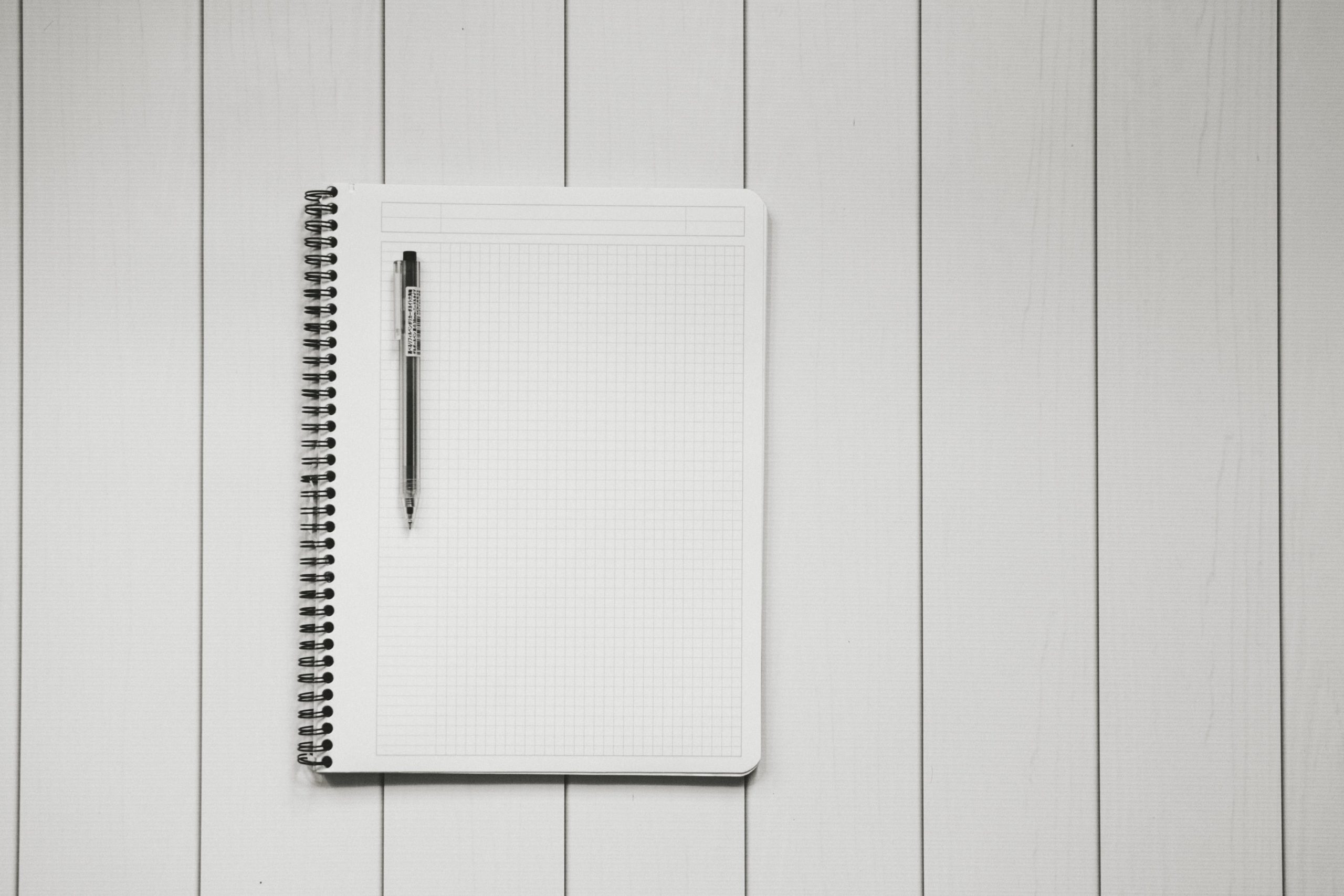
Quitting Smoking?
January 12, 2021
Energy Audit
February 1, 2021B R E A T H E

The importance of breathing is often underestimated.
Too many times in my complimentary consultations people tell me they’ve seen a psychologist for their condition, and that they didn’t go back because all they did was give them breathing exercises.
Please know, although I am not a psychologist, this is often a starting technique to help you take control of your mind and body’s reaction to your particular situation.
Did you know the two main purposes of breathing is to provide the body with oxygen, and to remove excess carbon dioxide from the body? Of course you did, but it’s so simple and done without thinking, we often forget the basics.
Here’s a quick refresher: To survive we take air into our lungs by breathing, then the process of respiration kicks in and a chemical in the blood called haemoglobin, transports the oxygen component around the body, releasing it to the tissues where it’s needed. The tissue cells then use the oxygen in their energy reactions, producing carbon dioxide and water as a result. The carbon dioxide is needed for every metabolic process, and the excess is carried in the bloodstream back to the lungs where it’s exhaled along with water vapour.
This is why breathing exercises are of the utmost importance for people experiencing anxiety, depression, panic attacks and the like, given these people typically use a shallow, chest breathing style. This leads to low oxygen levels in the body, and an excess of carbon dioxide in the lungs, causing low energy, increased tension, and often leading to further conditions such as headaches.
If you live with anxiety or depression, for you, the benefits of deep diaphragm breathing include calming the mind and emotions, enhancing the immune system, increasing concentration and memory, and boosting energy and alertness. It also decreases the pressure you feel in your chest area.
If you want to transition from chest to diaphragm breathing, start slowly. Be mindful, if you have a respiratory condition such as asthma, please consult a doctor before practising any breathing technique, and never practice breathing exercises in areas of high pollution or smoke concentration. This includes burning incense, and the use of essential oils.
To begin, lie down or stand straight, to enable the breath to flow smoothly with minimum effort. Place your hands on your belly horizontally, so the middle two fingertips are touching. As you breathe in, the natural rise of your belly should force the fingertips slightly apart. As you breathe out, they should naturally come together again.
While breathing in and out, gently guide your breath into your belly rather than using force. Beginners often find their fingertips do not separate during the breath, but this will come with practice. If you’re unsure where your breath is going, place one hand on your chest. If you are breathing solely into your chest then you will feel the rise in this area more so than the lower abdomen.
If you are new to breathing exercises, aim for 30 seconds to start with and gradually increase the amount of time when you feel ready. Afterall, you don’t want to bring on dizziness! Lastly, breathing through the nose rather than the mouth is also recommended as the nose warms and filters the air, stopping unwanted particles from entering the body.
So next time someone tells you to take a deep breath, now you know why, and just maybe you will.
About Us
Imagine. Believe. Become!
You can find out more at www.whisperedwisdom.com.au, like us on FaceBook, email lee@whisperedwisdom.com.au or call M: 0427 431 567.

